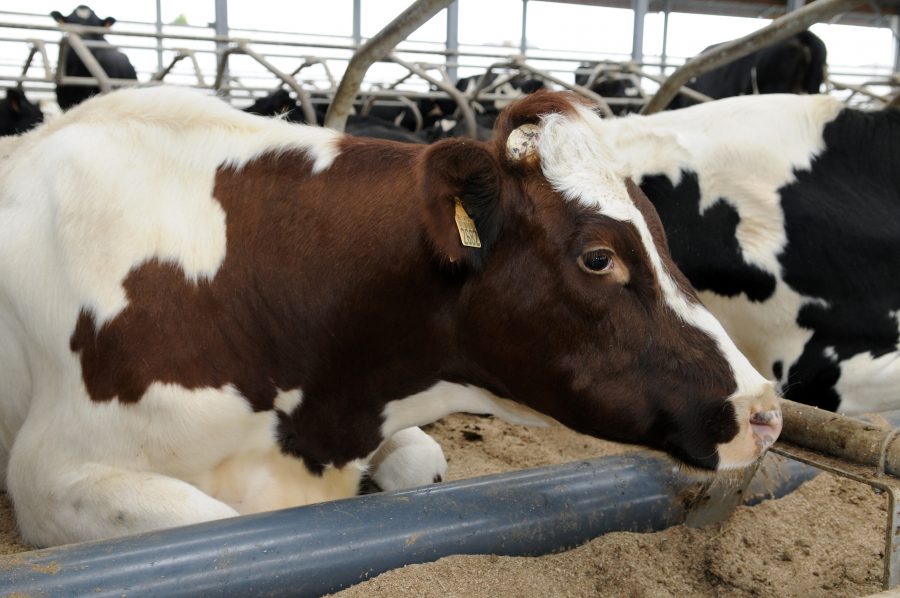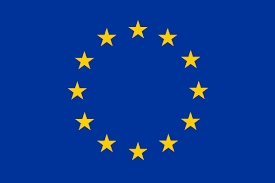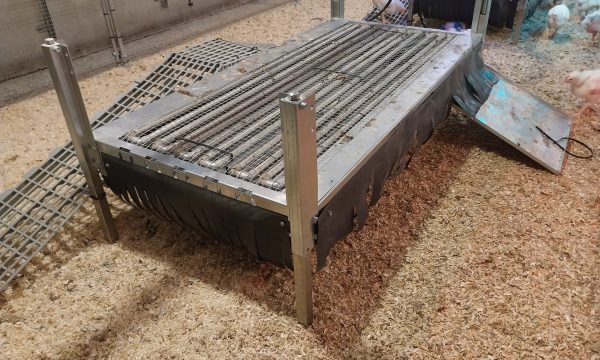Press release Case studies livestock farming of the IoF2020 project: hopeful future

The internet of things is starting to show promising applications in agriculture. ILVO has joined forces with companies in the domain of livestock farming to monitor pigs and cattle in real time. 'Data-driven decision-making is on the agenda more than ever for making agriculture more sustainable,' says the farmers, researchers and companies involved. A state of affairs of two use cases of the European research project Internet of Food and Farm 2020.
The Horizon 2020 research project Internet of Food and Farm 2020 (IoF2020, www.iof2020.eu) aims at the large-scale application of 'internet of things' (IoT) to increase the competitiveness and sustainability of the agricultural and food sectors within Europe. An ambition that runs parallel with what has been set up within Flanders in 2018 in the framework of the 'year of data in agriculture': data-driven digital innovations, with an immediate potential for farmers, processors and consumers.
On a modern farm, data is generated by different sources. Think of milking robots, climate controllers, camera or GPS controlled machines, crop and soil sensors. By linking data and applying intelligent algorithms, patterns can be found and predictions and warnings generated that help the farmer with daily management.
Within IoF2020, ILVO works with two use cases on the development, testing and demonstration of internet of things technology in operational farms in Flanders and beyond: one in the pig sector and one in the dairy sector.
The pig becomes an individual case
In pig farming we are working on a smart data processing system that monitors the climate control in the barn, the consumption of water and feed and the growth of the pigs. These indicators are linked to each other and to the health of the pigs and have a major impact on the economy of the farm. Through farm-specific alert thresholds that evolve along with the age of the pigs, the pig farmer can be alerted if something goes wrong.
Jarissa Maselyne (ILVO): "In our use case 'Pig farm management’, we work around various objectives together with Porphyrio (BE), Vion (NL), ZLTO (NL) and ISMB (IT). First of all, we want to bring existing data streams on a pig farm together on one dashboard. In a later version we will expand it with external data from the slaughterhouse and specifically zoom in on boar taint prevention. In addition, we will be working on individual pig data at our own ILVO experimental farm. In a first pilot phase we can already identify animals at the feeder and drinking nipples. From these data, linked to individual pigs, we were able to detect those animals that, on certain days, came less for drinking or feeding. Combined with the health monitoring from the animal care takers we could see a correlation between reduced feeding and drinking times with observed health impairment. Now we also work further on automatically measuring individual weights."
A final part of the use case is how consumers feel about the use of IoT technologies and their willingness to pay an additional price if reliable information through sensor monitoring is available on their piece of pork. Consumers receive a number of general questions and then have to make a choice between a number of pieces of pork, each with slightly different characteristics and price. This allows us to gauge the perception and added value of automated follow-up of pigs in the eyes of the consumer.
The most important thing is that the pig farmer experiences the system as being easy, based on a lot of existing data, affordable and having a clear added value. Concretely, the pig application means the following: the information obtained from climate control in the barn is brought together with weight data from the pigs and their feed and water consumption. Thanks to the dashboard, the pig farmer can graphically view the pattern of growth and consumption on a daily basis with just a few clicks of the mouse and also monitor the feed conversion. In addition, warning options are also built-in. Via the smartphone, for example, the pig farmer receives an immediate warning if certain registration data are below or above the normal values and an intervention is required to ensure both the welfare of the animals and the productivity for the pig farmer.
For the future, the research partners also want to test the use of electronic earmarks, so that we can analyze the data streams not only at the pen level, but also at individual pig levels. 'Imagine what change can happen in the barn: you monitor and treat one animal instead of an entire group. That means less medication, much more precise and a lot faster than being able to respond without a smart dashboard!'
Daisy, where are you?
The integration of data will not only work in the pig sector to lead to economic opportunities and reliable monitoring of animals. IoT technologies are also being used in the dairy sector, which makes it possible to establish a 24/7 position of the animal, both indoors and outdoors, and which can contribute to a reliable registration of grazing. It is in this domain that the second use case is active. The group is exclusively Flemish there, with partners ILVO, Sensolus and Inagro.
In the Grazing Monitor' use case a GPS tracker is tied around the neck of the cow. When the cow is standing in the pasture, the sensor signal is picked up by the SigFox network and the location data are stored in the cloud. If the cow is in the barn, a local signal will be picked up in the tracker via a built-in Bluetooth signal. Via user-friendly software, the cow can be located at any time of the day in clearly identified areas on a map. As a result, reliably registered hours of grazing are available for the dairy farmer and by extension to the dairy industry and the authorities. This means that consumers can be certain that their purchased "pasture milk" really comes from grazing cows.
It also provides reliable proof to the authorities that monitor grazing in the context of ammonia-reducing measures. For the dairy farmer, this system not only offers time savings and administrative simplification, but it is also very easy to follow the grassland management of the dairy farm. By linking the location and the distance traveled by the cow with production, lactation stage and parity, these data could also contribute to the detection of problems on the dairy farm. The sensor can also be used quickly in other sectors of animal husbandry through a very simple installation and the long autonomy of the device. For example, steps are being taken to also use the technology in tracking cattle and animals in the wild.
Proven added value
These two ILVO-coordinated IoF2020 use cases make clear that data in the agricultural chain offer added value for various parties and improve the interaction between the players in the chain. The use of data provides the farmer with a clear economic and time-saving advantage, as we also validate in the project by following up on key performance indicators, but it also increases animal welfare and the sustainability of agriculture. Let it be clear: data-driven decision-making is more than ever on the agenda in the sustainability of agriculture.
More information about the year of data in agriculture can be found on the website of Flanders’ Department of Agriculture and Fisheries.

IoF2020 heeft financiering ontvangen van het Horizon 2020 onderzoeks- en innovatieprogramma van de Europese Unie in het kader van de subsidieovereenkomst nr 731884.


